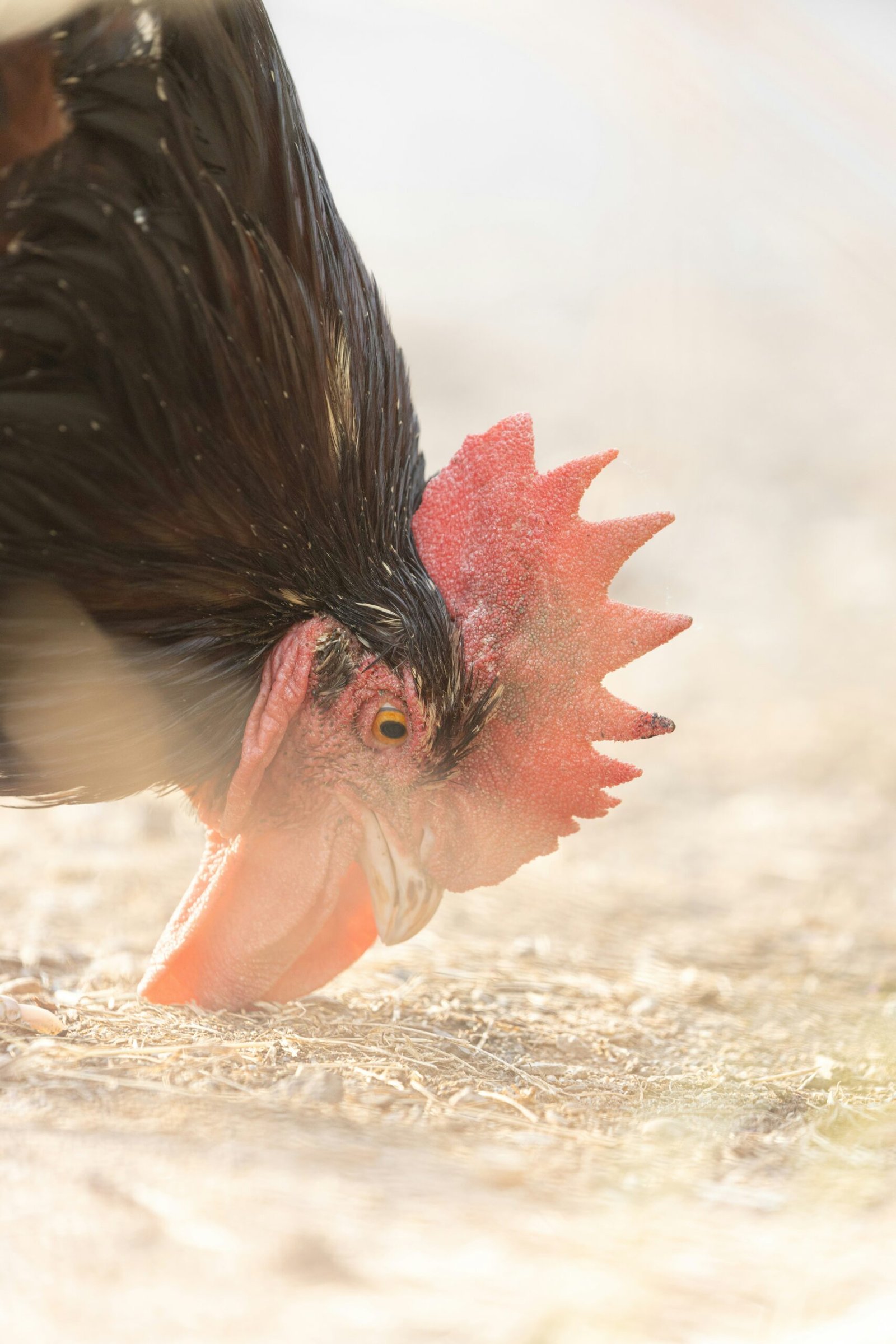
Contents
Introduction to the Outbreak
The recent outbreak of avian flu in Stearns County, Minnesota, has raised significant concerns among poultry farmers and public health officials. The outbreak has affected two turkey flocks in the region, highlighting the persistent threat of avian influenza to the poultry industry. Avian flu, or avian influenza, is a viral infection that primarily affects birds but can occasionally infect humans and other animals. The specific strain involved in this outbreak is H5N1, known for its high pathogenicity and potential to cause severe illness in birds.
The initial discovery of the H5N1 strain in Stearns County was made during routine surveillance and testing of poultry farms in the area. The Minnesota Board of Animal Health confirmed the presence of the virus following laboratory tests, prompting immediate action to contain and manage the outbreak. Local authorities, in collaboration with farm owners, swiftly implemented biosecurity measures to prevent the spread of the virus to other flocks and surrounding areas.
Upon detection of the virus, affected farms were placed under quarantine, and infected birds were culled to mitigate the risk of further transmission. Enhanced biosecurity protocols, including the restriction of movement of birds and equipment, disinfection procedures, and increased surveillance, were enforced to control the outbreak. The response also involved coordination with federal agencies, including the United States Department of Agriculture (USDA), to ensure comprehensive management and support for affected farmers.
This outbreak underscores the importance of vigilance and prompt response in managing avian flu incidents. The ongoing efforts by local authorities and poultry farmers aim not only to contain the current outbreak but also to prevent future occurrences. Continued surveillance, strict biosecurity measures, and public awareness are crucial in safeguarding the poultry industry and public health from the impacts of avian influenza.
Impact on Local Agriculture and Economy
The recent outbreak of avian flu in Stearns County, Minnesota, has significant ramifications for the local agricultural sector and economy. Stearns County is known for its extensive turkey farming operations, and the affected flocks represent a considerable portion of the area’s poultry production. The scale of the outbreak, impacting two large turkey flocks, foreshadows substantial economic losses for the farmers involved.
The direct economic impact on farmers is multifaceted. The loss of poultry due to the virus necessitates the culling of infected and at-risk birds, leading to immediate revenue losses. Additionally, farmers must bear the costs associated with biosecurity measures, such as enhanced sanitation protocols, veterinary services, and potential facility upgrades to prevent further spread of the disease. These measures, while critical for containment, add to the financial burden on turkey producers.
Beyond the immediate losses faced by farmers, the avian flu outbreak has broader implications for the local supply chain. Feed suppliers, who provide the essential nutrition for turkey flocks, may experience reduced demand as poultry populations dwindle. Transporters, responsible for moving poultry and poultry products, could see a decrease in business activity. Retailers, particularly those specializing in local poultry products, might face shortages, affecting their sales and profitability. These ripple effects underscore the interconnected nature of the agricultural supply chain and its vulnerability to disease outbreaks.
Historically, similar outbreaks have had profound impacts on the poultry industry. For instance, the avian flu outbreaks in the early 2000s led to significant economic losses across various regions, necessitating government intervention and support for affected farmers. In Stearns County, previous episodes of avian flu have similarly disrupted local agriculture, underscoring the need for robust disease management and prevention strategies.
The current outbreak in Stearns County serves as a stark reminder of the vulnerabilities within the agricultural sector. Mitigating these impacts requires coordinated efforts among farmers, industry stakeholders, and government agencies to ensure the resilience and sustainability of the local economy.
Containment and Mitigation Efforts
The recent outbreak of avian flu in two turkey flocks in Stearns County, Minnesota, has prompted swift and comprehensive containment and mitigation efforts by state and local agricultural departments. The primary strategy involves establishing quarantine zones around the affected areas to prevent further spread of the virus. These zones are meticulously monitored, and movement of birds, equipment, and personnel is strictly regulated to ensure that the virus remains contained.
One of the most immediate and drastic measures taken is the culling of infected birds. This protocol, though difficult, is essential to eliminate sources of infection and reduce the risk of the virus spreading to other flocks. In addition to culling, extensive sanitization procedures are implemented. All equipment, vehicles, and facilities are thoroughly disinfected to eradicate any traces of the virus, thereby preventing reintroduction or dissemination.
Veterinary and health experts play a crucial role in managing the outbreak. These professionals are involved in conducting regular health assessments of poultry, diagnosing infections, and providing guidelines for biosecurity measures. Their expertise is vital in ensuring that containment strategies are scientifically sound and effective. They also facilitate communication between agricultural departments and poultry farmers, offering support and advice on best practices during the outbreak.
Guidelines and advice have been provided to other poultry farmers in the region to prevent further spread of avian flu. Farmers are advised to enhance biosecurity measures, such as limiting access to poultry houses, using protective clothing, and ensuring proper sanitation of tools and equipment. Additionally, farmers are encouraged to report any signs of illness in their birds immediately to authorities. This proactive approach helps in early detection and swift action to contain potential outbreaks.
Overall, the collaborative efforts of agricultural departments, veterinary experts, and poultry farmers are pivotal in managing the avian flu outbreak in Stearns County. By adhering to established protocols and guidelines, the spread of the virus can be effectively controlled, safeguarding both animal and public health.
Future Outlook and Precautionary Measures
The future outlook for Stearns County’s poultry industry hinges on the effective implementation of robust precautionary measures to curtail the spread of avian flu. Experts suggest that the potential for the virus to spread further remains a significant concern, necessitating heightened vigilance and proactive strategies. Ongoing monitoring efforts are crucial, with state and federal agencies collaborating to track the virus’s movements and implement timely interventions.
New regulations and policies are being considered to bolster the resilience of the poultry sector against future outbreaks. These may include mandatory reporting of symptoms, enhanced biosecurity protocols, and stricter controls on the movement of birds within and between counties. Such measures aim to contain any potential outbreaks swiftly and minimize economic losses for farmers.
Farmers can adopt several strategies to safeguard their flocks from avian flu. Vaccination is a key preventive measure; however, its effectiveness depends on the timely and correct administration of vaccines. Biosecurity practices, such as limiting access to poultry houses, ensuring clean and disinfected equipment, and controlling visitor movements, are essential to prevent the introduction and spread of the virus.
Early detection techniques play a pivotal role in managing avian flu outbreaks. Regular health checks and surveillance for symptoms like sudden death, respiratory distress, and decreased egg production can help in the swift identification of infected birds. Farmers are encouraged to report any suspicious cases to veterinary authorities immediately to facilitate prompt containment measures.
In conclusion, the future of Stearns County’s poultry industry depends on a concerted effort by all stakeholders to implement and adhere to stringent precautionary measures. Through sustained vigilance, effective vaccination strategies, rigorous biosecurity practices, and early detection, the industry can mitigate the risks posed by avian flu and safeguard the health of their flocks and the economic stability of the region.
OUR SITE: toinewsalert.com





